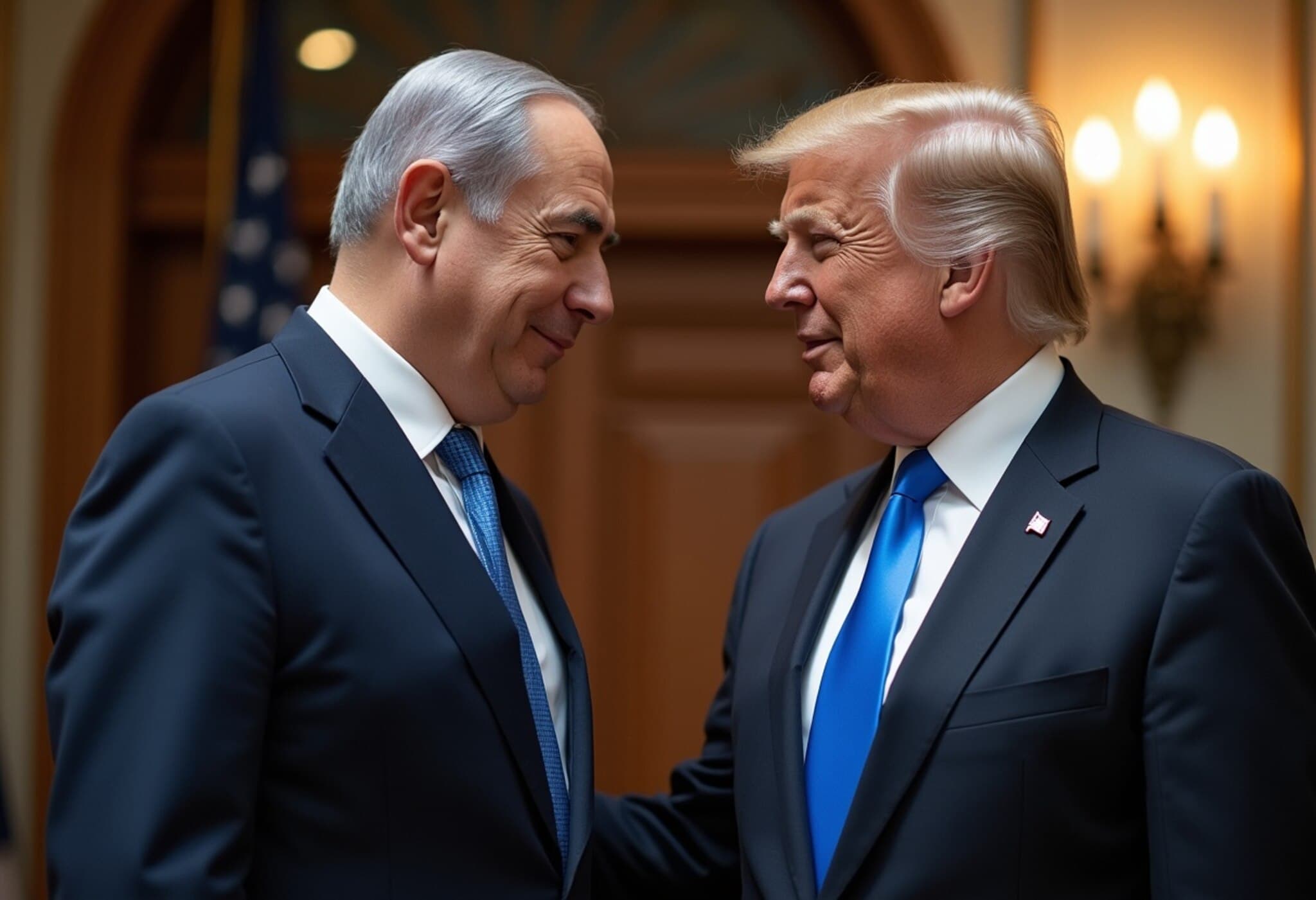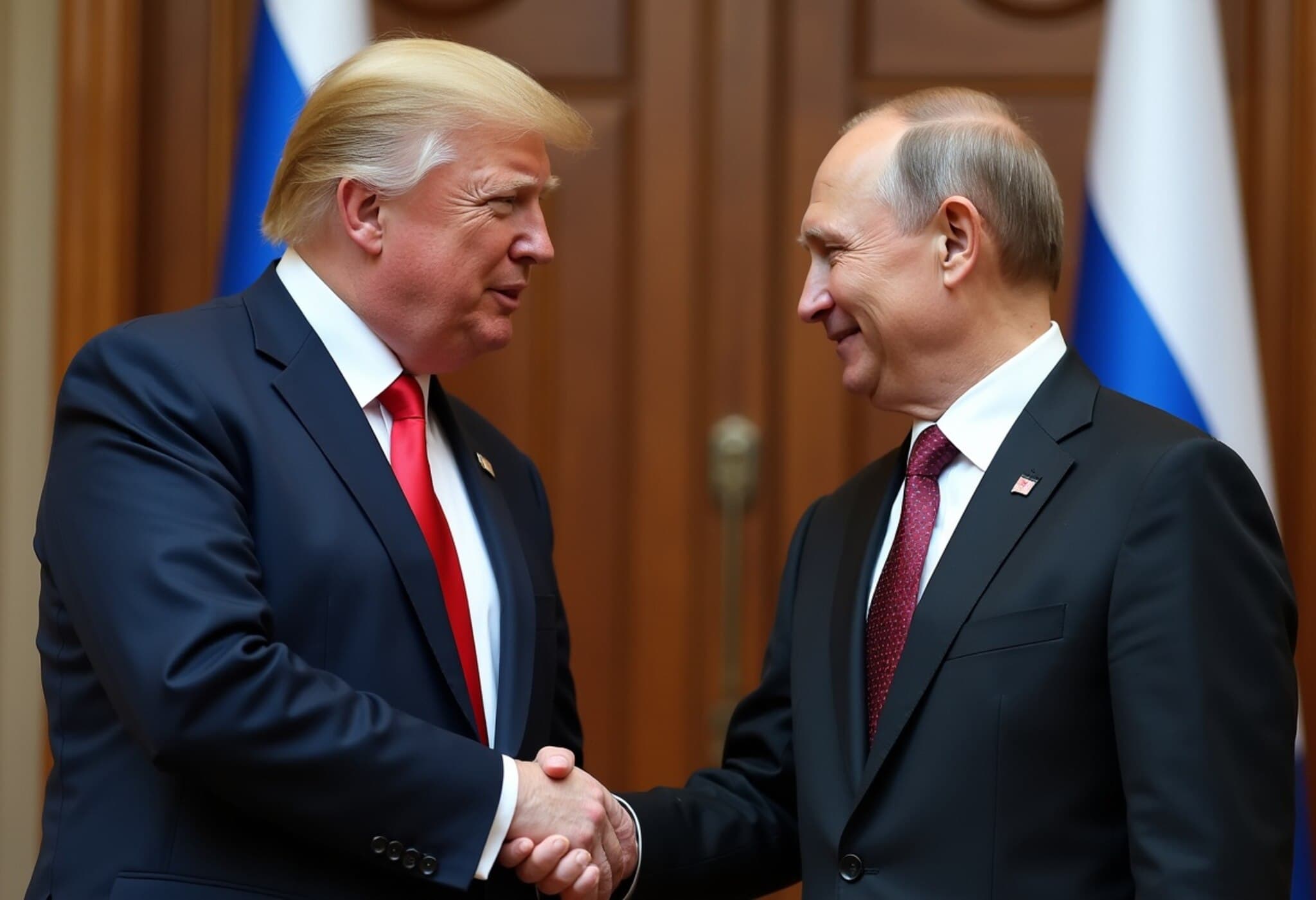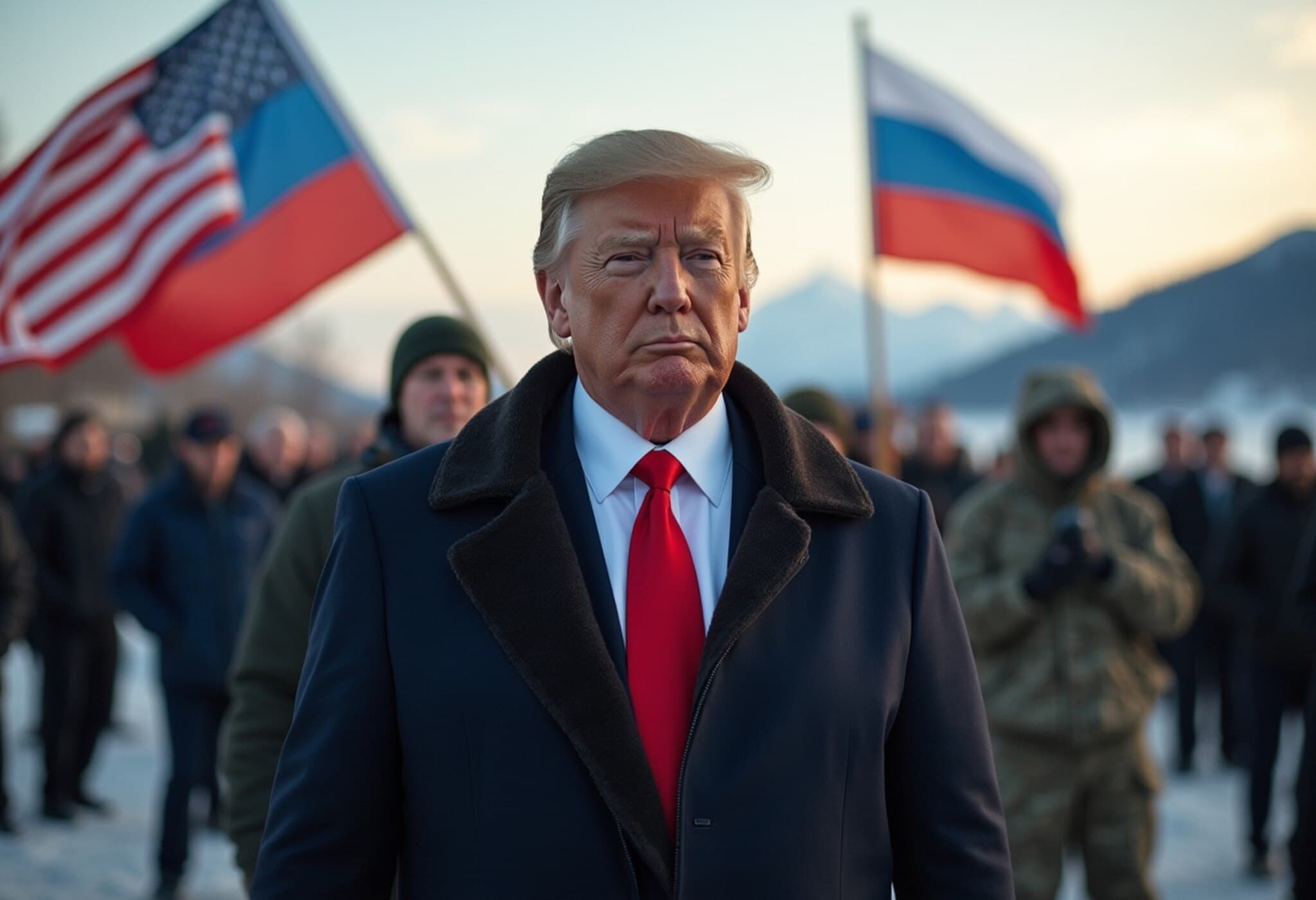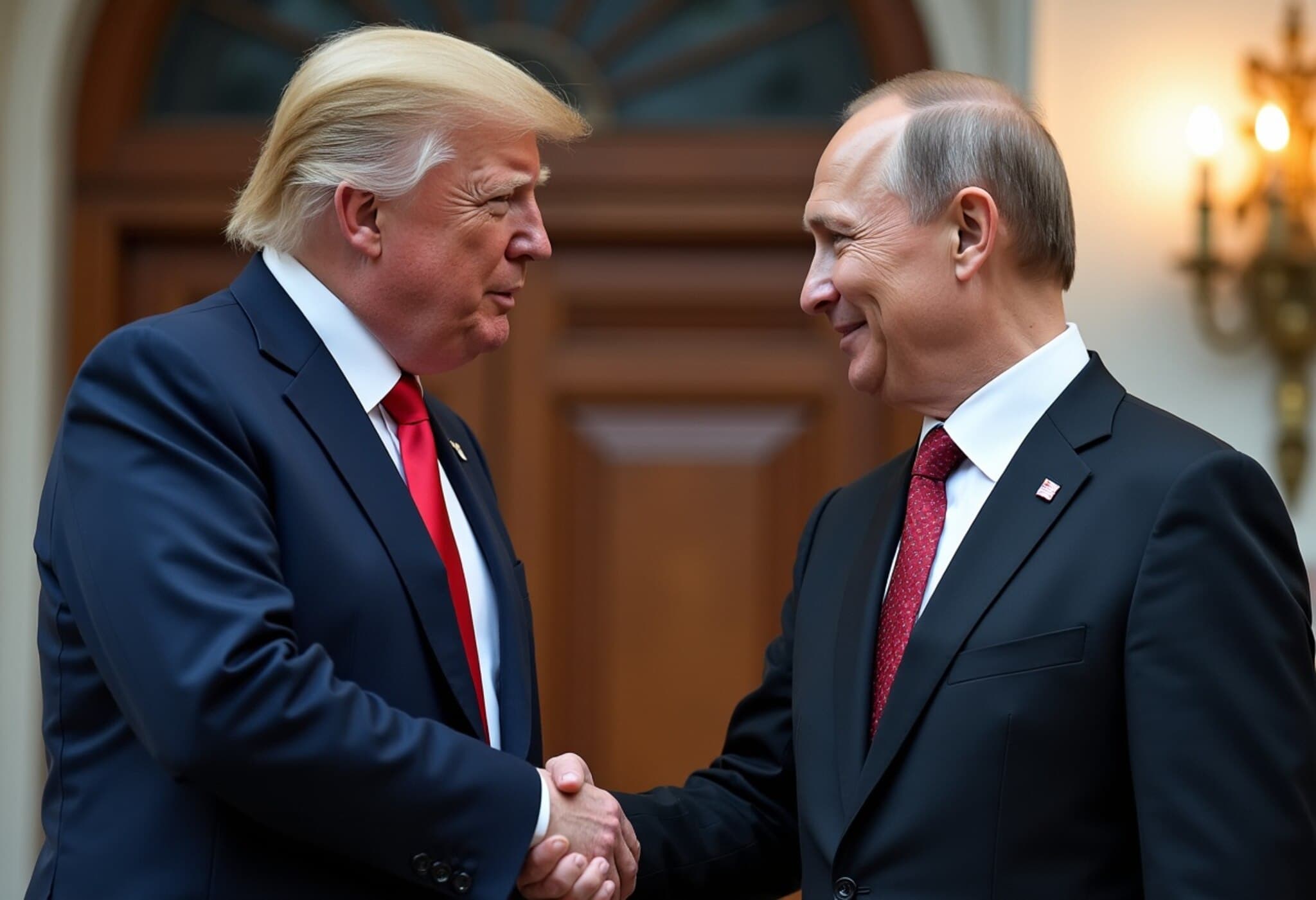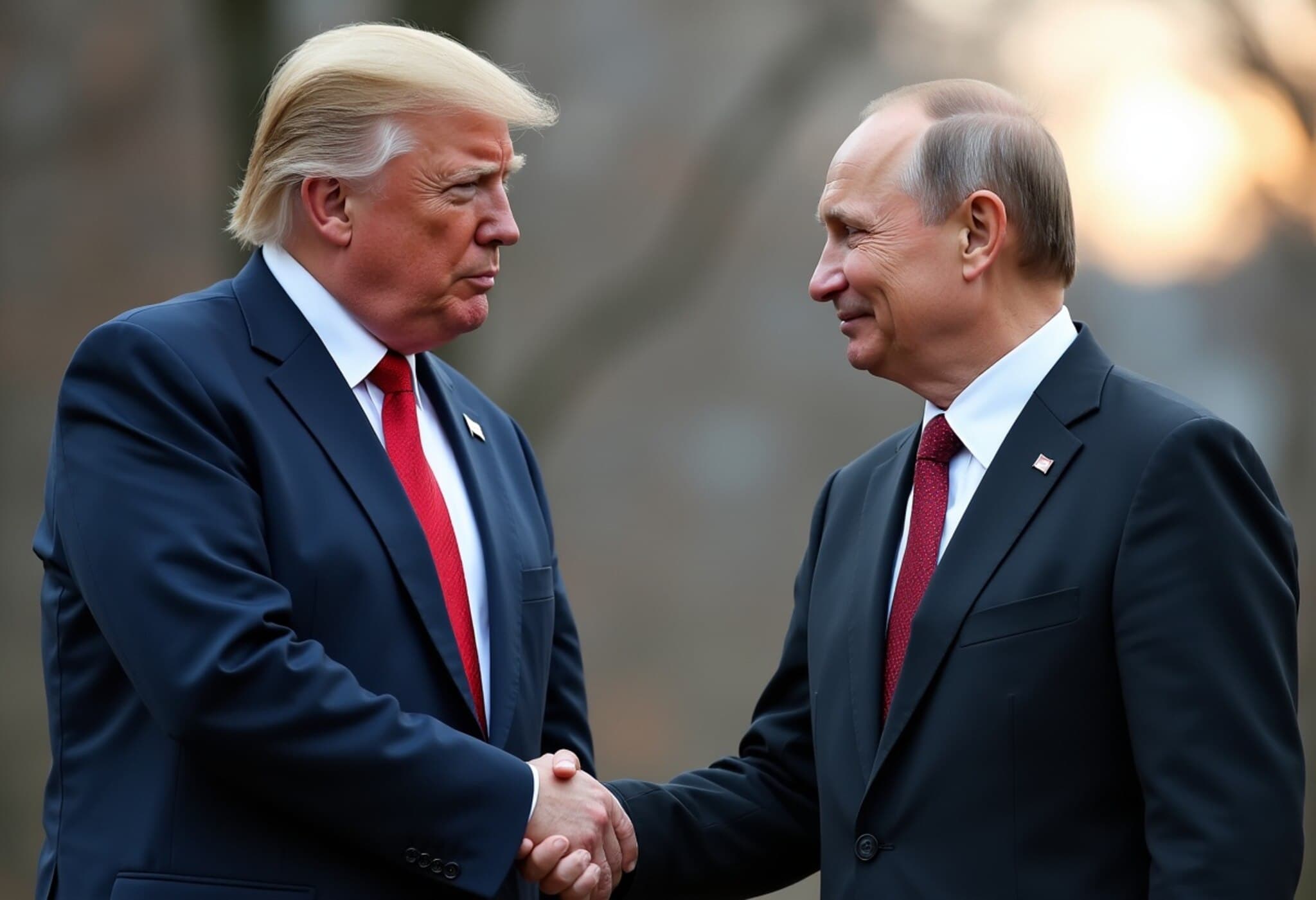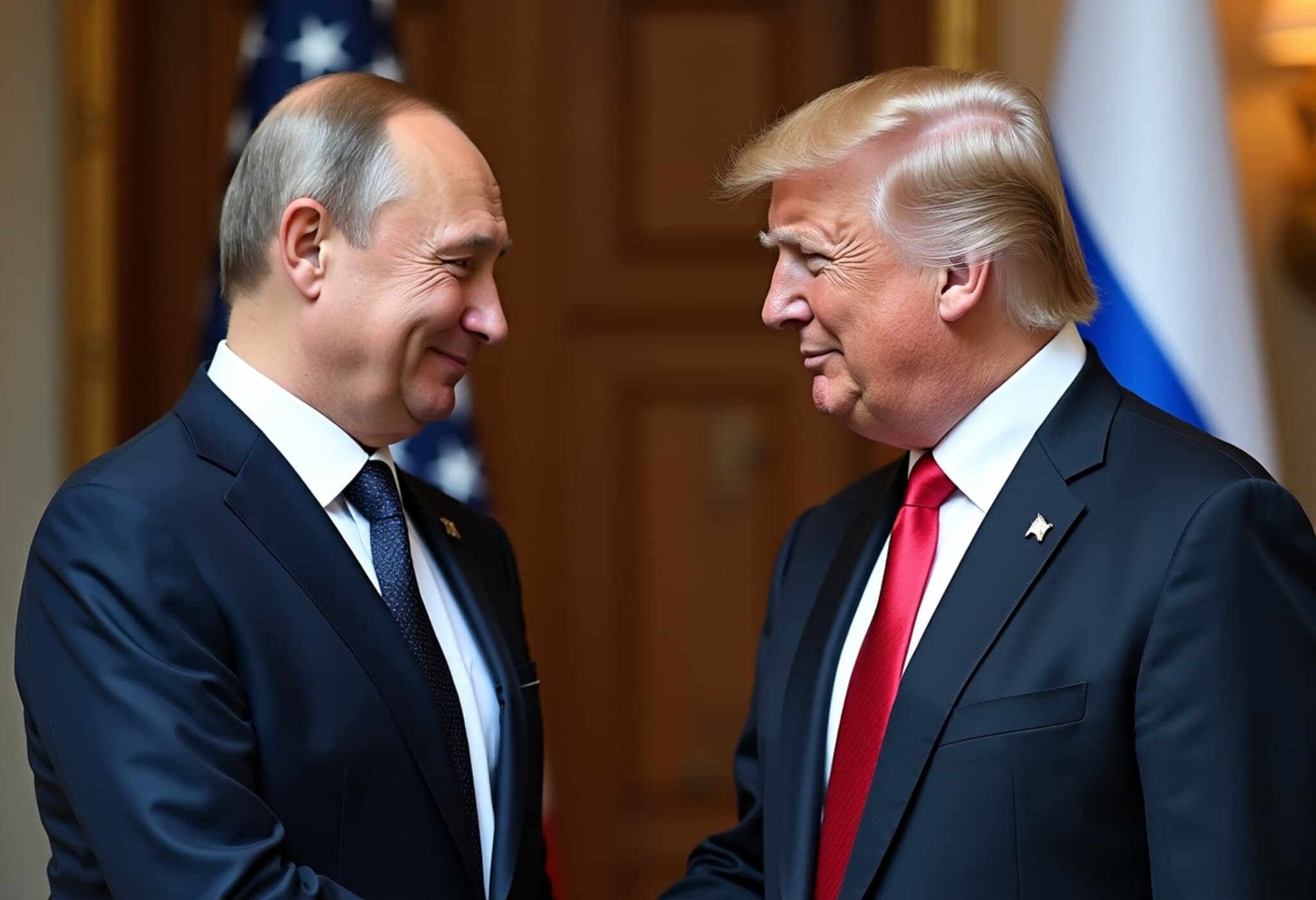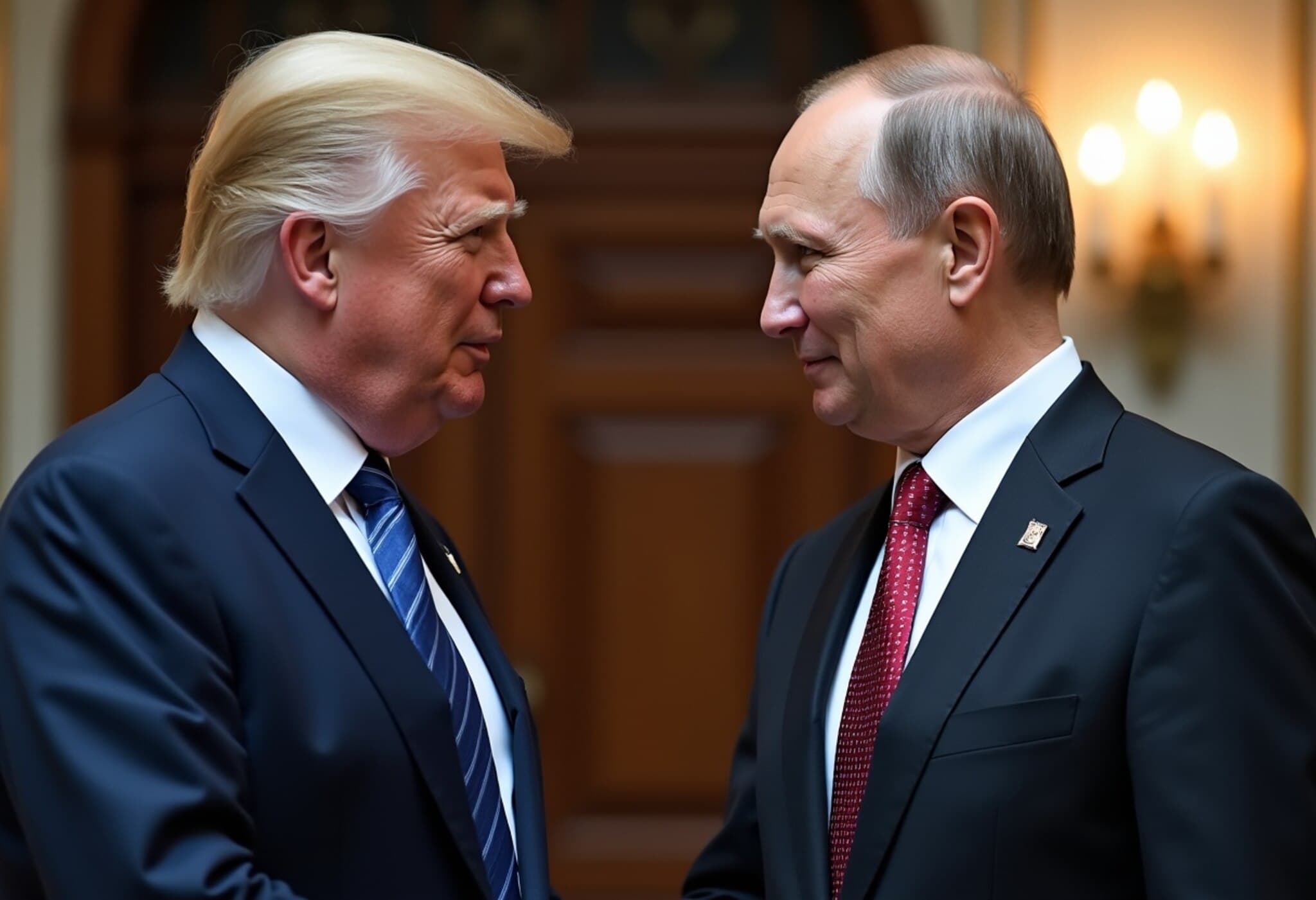Tracing the Roots of Alaska's Russian Heritage
Long before Alaska became the 49th state of the United States, it was a rugged frontier under the Russian Empire’s vast umbrella. With its iconic onion-domed Orthodox churches, fur trade legacy, and a capital once known as Novo-Arkhangelsk, Alaska carries deep imprints of Russian history. This connection goes back to the mid-18th century, when Russian fur traders pursued valuable sea otter pelts along the fertile Pacific coast.
Under the reign of Catherine the Great, the Russian-American Company received its royal charter to govern and exploit Alaska. Merchant Alexander Baranov played a pivotal role in expanding settlements and quelling resistance from indigenous groups such as the Tlingit. The arrival of Russian Orthodox missionaries further imprinted a cultural and spiritual legacy that still resonates in towns like Anchorage.
The 1867 Alaska Sale: From Imperial Asset to Strategic Bargain
By the mid-19th century, Russia faced mounting difficulties sustaining its Alaskan outposts. Weakened economically and militarily after the Crimean War, and wary of British naval expansion in the Pacific, Tsarist Russia viewed Alaska more as a liability than an asset. In 1867, Russian envoy Eduard de Stoeckl sealed a historic agreement, selling the territory to the United States for what now seems a paltry sum: $7.2 million.
Stoeckl later confided that the choice was stark — either sell the land or risk losing it to the British. For the United States, the acquisition extended its reach into the Pacific, containing European colonial ambitions and securing new strategic ground.
Initial Reactions and the Legacy of “Seward’s Folly”
At the time, the purchase sparked controversy on both sides. In Russia, critics lamented the perceived giveaway of a vast territory, with some voices calling the sale a national humiliation. Across the Atlantic, many Americans derided Secretary of State William H. Seward’s initiative as “Seward's Folly,” mocking it as a barren, icy wasteland unworthy of the investment.
However, decades later, found riches would vindicate the deal. The discovery of gold during the Klondike Gold Rush and vast oil reserves beneath Alaska’s tundra transformed it into one of America’s most resource-rich regions. The pipeline traversing the state's extreme northern reaches today stands as a testament to the enduring strategic and economic value of the territory.
Historical Echoes Amid Modern US-Russia Relations
Recently, President Donald Trump’s announcement to meet Russian President Vladimir Putin “in Russia” rekindled attention toward this shared history. While some dismissed it as a slip of the tongue, it reminded many that, geographically and historically, Alaska once belonged to Russia.
The upcoming summit, scheduled in Alaska, is laden with symbolism. The visible traces of Russia’s former governance—from Orthodox cathedrals to Russian-influenced coastal settlements—underscore a nuanced past that complicates present-day diplomacy.
Experts note that this historical backdrop serves as both a bridge and a barrier. On one hand, the U.S.-Russia Alaska purchase symbolizes a moment when pragmatic diplomacy prevailed; on the other, current tensions, especially relating to Russia’s actions in Ukraine, build mistrust regarding territorial integrity and sovereignty.
Looking Beyond the Headlines
- Geopolitical Implications: Alaska’s strategic position continues to factor into U.S.-Russia military and economic calculations, particularly in Arctic security and natural resource competition.
- Cultural Connections: Indigenous peoples of Alaska remain stewards of lands shaped by both Russian and American legacies, experiencing unique cultural intersections and challenges.
- Economic Stakes: The state’s rich deposits of oil, gas, and minerals emphasize how history laid the groundwork for modern economic endeavors and geopolitical leverage.
Conclusion: History as a Lens for Understanding Diplomacy
The 1867 Alaska purchase was more than a mere real estate transaction; it was a defining moment that has continued to inform US-Russia relations. Understanding this layered history enriches our perspective on current diplomatic engagements, reminding us that territorial ties often carry echoes that resonate far beyond their original context.
As the US and Russia prepare to engage in high-stakes diplomacy once again, the story of Alaska is a compelling reminder of how history shapes international relations. It provokes critical questions: Can past cooperation inform present conflicts? How do historical territorial shifts influence contemporary geopolitical trust? Reflecting on these themes enriches our understanding of global diplomacy’s complexities.





